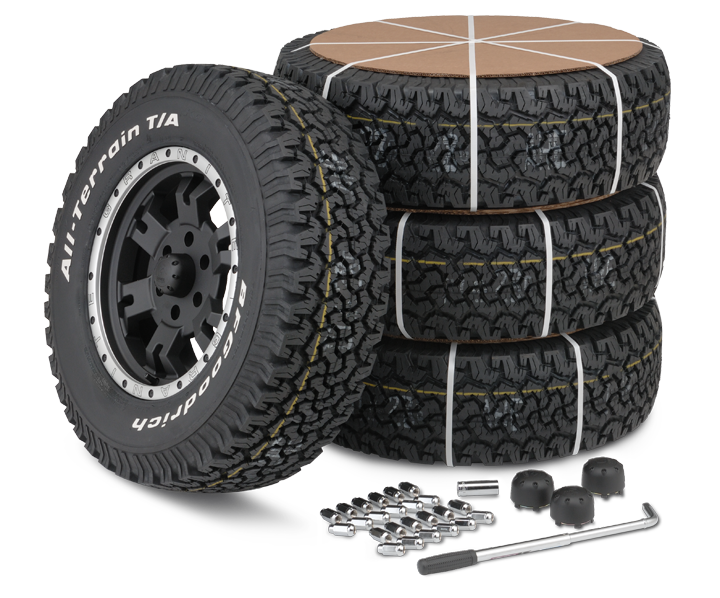Top Quality Tire Shop Morris: Your Go-To Location for Tire Demands
Tire Service: Recognizing Tire Stress Surveillance Systems
Recognizing Tire Pressure Surveillance Solutions (TPMS) is an essential facet of maintaining ideal vehicle efficiency and safety on the roadway. With advancements in automobile modern technology, TPMS has ended up being a standard function in modern-day cars, giving real-time information on tire stress levels.

Importance of TPMS
The value of Tire Pressure Tracking Solutions (TPMS) depends on their capacity to improve automobile safety and performance through real-time tracking of tire stress levels. Maintaining the appropriate tire stress is critical for guaranteeing ideal handling, stopping, and total safety and security of a vehicle. TPMS offers motorists with immediate feedback on any overinflated or underinflated tires, permitting for prompt changes to be made.
Components of TPMS
Sensors are normally located in the tire valve stem or affixed to the wheel setting up, where they measure tire pressure and send data to the control module. Some progressed TPMS models additionally show the actual tire stress analyses for each tire, giving chauffeurs with real-time details to make certain optimal tire efficiency and safety and security. By monitoring tire pressure constantly, TPMS aids avoid accidents, reduces tire wear, and improves gas performance, making it a crucial part for lorry safety and security and efficiency. morris tire and alignment.
Types of TPMS

On the other hand, indirect TPMS counts on the lorry's wheel rate sensors to keep track of tire stress. This system identifies underinflation by contrasting the rotational speeds of the wheels. Indirect TPMS is less pricey than straight TPMS, as it makes use of existing sensing units within the lorry.
While straight TPMS supplies more accurate analyses, indirect TPMS is easier in layout and usually needs much less upkeep. Both systems have their benefits and constraints, and the choice between them often relies on variables such as expense, car make, and individual preference. Recognizing the differences between these two kinds of TPMS can aid car owners make notified choices concerning tire maintenance and safety and security.
TPMS Upkeep Tips
Effective upkeep of TPMS is vital for ensuring optimal efficiency and safety of your automobile. Frequently evaluating the TPMS sensors for any damages or rust is crucial. Make sure that the sensing units are free and tidy from particles that might hinder their functioning. In addition, it is advisable to inspect the sensing unit batteries regularly and change them as needed to ensure exact analyses. Conduct regular examine the tire stress degrees and compare them with the TPMS readings to guarantee they are regular. Alter the system complying with the supplier's standards if there are any inconsistencies. During tire rotation or replacement, make certain that the TPMS components are managed meticulously to prevent any possible damage. Last but not least, if the TPMS cautioning light illuminates on the dashboard, attend to the concern promptly by inspecting the tire stress and the overall system for any type of mistakes. By adhering to these maintenance tips, you can lengthen the life-span of your TPMS and improve the security of your driving experience.
Benefits of Correct Tire Pressure
Maintaining appropriate tire pressure, as highlighted in TPMS Maintenance Tips, is important for gaining the many benefits linked with ideal tire stress degrees. One of the primary benefits of preserving the correct tire stress is enhanced fuel performance. When tires are correctly pumped up, there is less rolling resistance, leading to much better fuel economy. Additionally, proper tire stress makes sure also tire wear, expanding the life-span of the tires and advertising more secure driving conditions. With the best tire stress, this hyperlink lorries also have better handling and traction, particularly in adverse weather. This can improve total driving efficiency and security for the chauffeur and travelers. Furthermore, keeping optimal tire stress can add to a smoother and extra comfortable ride by minimizing vibrations and noise triggered by underinflated click to read more tires. Finally, the advantages of correct tire stress surpass just tire long life; they include improved gas effectiveness, boosted safety, far better car efficiency, and overall driving convenience.
Final Thought
Finally, recognizing tire stress monitoring systems (TPMS) is important for preserving optimal tire pressure and making sure automobile security. By recognizing the importance of TPMS, knowing with its parts, knowing the different types available, sticking to correct maintenance ideas, and check this site out recognizing the benefits of maintaining appropriate tire pressure, motorists can improve their driving experience and prolong the life expectancy of their tires. Appropriate tire stress is essential to effective and safe automobile procedure.
